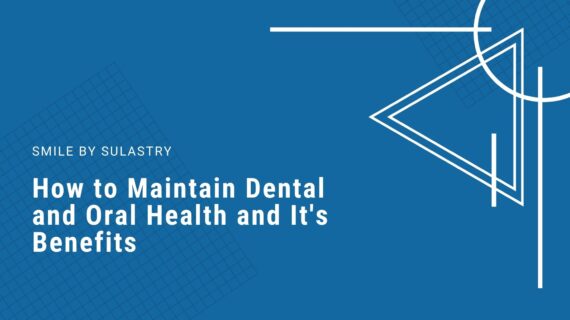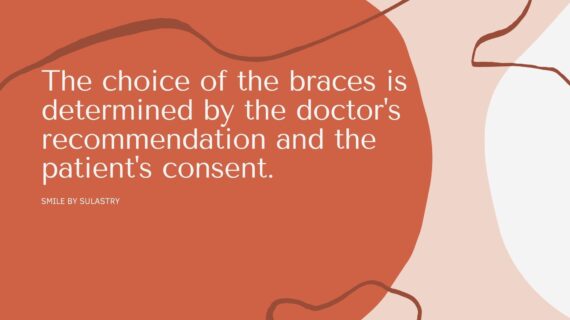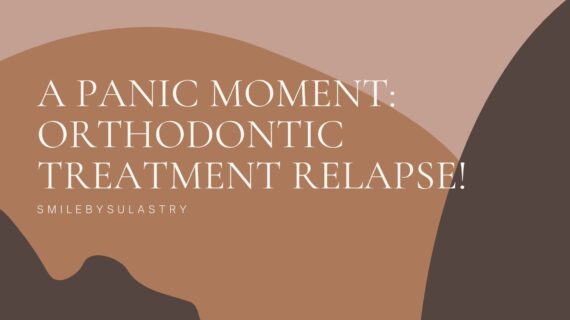In today’s world, looking and feeling your best is easier than ever, thanks to advancements in cosmetic and dental treatments. Two of the most popular procedures—Botox and dental work—can transform your appearance, boost confidence, and even improve your health. But how do these treatments work? Are they safe? And can they be combined for even better results?
In this comprehensive guide, we’ll explore:
✅ The benefits of Botox for aesthetics & medical uses
✅ How modern dentistry enhances smiles & oral health
✅ The surprising connection between Botox & dental treatments
✅ Expert tips for choosing the right provider
1. Botox: More Than Just Wrinkle Reduction
What Is Botox?
Botox (Botulinum Toxin) is an FDA-approved injectable treatment that temporarily relaxes facial muscles, reducing wrinkles and fine lines. However, its uses go far beyond cosmetics—it also treats medical conditions like migraines, excessive sweating (hyperhidrosis), and muscle spasms.
Common Botox Uses
-
Cosmetic Enhancements (forehead lines, crow’s feet, frown lines)
-
Medical Treatments (chronic migraines, TMJ disorder, bruxism)
-
Preventative Anti-Aging (early Botox can delay deep wrinkles)
???? For more on Botox’s medical benefits, check out Mayo Clinic’s guide on Botox.
Does Botox Hurt?
Most patients describe it as a quick pinch—discomfort is minimal, and no downtime is required. Results appear in 3-7 days and last 3-6 months.
2. Modern Dental Work: Beyond Just Teeth Cleaning
A radiant smile isn’t just about straight teeth—it’s about oral health, function, and aesthetics. Modern dentistry offers solutions for every concern:
Popular Dental Procedures
✔ Teeth Whitening – Professional treatments beat DIY kits
✔ Invisalign & Braces – Straighten teeth discreetly
✔ Dental Implants – Permanent solution for missing teeth
✔ Veneers – Fix chips, gaps, and discoloration
✔ TMJ Therapy – Relieve jaw pain with custom treatments
???? Learn more about dental innovations at American Dental Association (ADA).
The Link Between Oral Health & Overall Wellness
Did you know gum disease is linked to heart disease, diabetes, and stroke? Regular dental visits aren’t just about a pretty smile—they’re crucial for long-term health.
3. Botox & Dentistry: The Perfect Combo?
How Dentists Use Botox
Many cosmetic dentists now offer Botox for:
-
Gummy Smile Reduction (relaxing upper lip muscles)
-
TMJ & Bruxism Relief (reducing jaw tension)
-
Lip Flip (enhancing lip appearance without fillers)
Benefits of Combining Both Treatments
-
Faster Results – Get a smile makeover + wrinkle reduction in one visit
-
Expert Precision – Dentists understand facial anatomy better than most
-
Long-Lasting Effects – Maintain results with follow-up care
???? For expert insights, visit WebMD’s guide to dental Botox.
4. Choosing the Right Provider: Safety First!
Botox Checklist
☑ Board-Certified Professional (Dermatologist/Dentist)
☑ Natural-Looking Results (Avoid over-freezing)
☑ FDA-Approved Products (No cheap knockoffs)
Dental Work Checklist
☑ Check Reviews & Before/After Photos
☑ Ask About Technology (Digital scans, laser dentistry)
☑ Discuss Payment Plans (Many clinics offer financing)
???? Find accredited providers at RealSelf.
5. Frequently Asked Questions (FAQs)
Q: Can Botox help with teeth grinding (bruxism)?
A: Yes! Botox relaxes jaw muscles, reducing clenching and preventing tooth damage.
Q: How long do dental veneers last?
A: With proper care, 10-15 years. Avoid hard foods and maintain oral hygiene.
Q: Is Botox safe long-term?
A: Studies show Botox is safe with repeated use when administered by a professional.
Final Thoughts: Enhance Your Smile & Confidence
Whether you’re considering Botox for wrinkles or dental work for a perfect smile, these treatments offer life-changing results. The key? Choosing skilled professionals, understanding the process, and maintaining results with follow-up care.
???? Pro Tip: Book a consultation with a cosmetic dentist to explore combo treatments for a refreshed, youthful look!
???? For more beauty & health tips, visit Healthline’s Botox guide.
For more artikel :
- https://www.healthline.com/health/botox-for-tmj
- https://vibrantskinbar.com/blog/gummy-smile-botox/
- https://www.gainesvilleplastic.com/gallery-procedure/face-procedures/gummy-smile-botox/
- https://facesurgeon.in/botox-for-gummy-smile-treatment-cost-before-after-side-effects/
Booking / Contact us : 087885490866 (WA)


